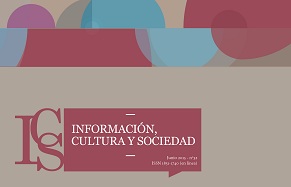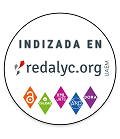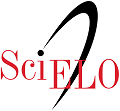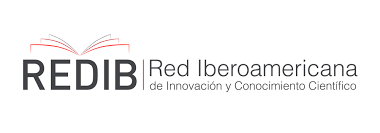RDA: Resource Description and Access: The new standard for metadata and resource discovery in the digital age
Abstract
RDA (Resource Description and Access) is going to promote a great change in cataloguing. In fact, guidelines – rather than rules – are addressed to anyone wishing to describe and make accessible a cultural heritage collection or tout court a collection: librarians, archivists, curators and professionals in any other branch of knowledge. RDA aims to make possible creation of well-structured metadata for any kind of resources, reusable in any context and technological environment. RDA offers a “set of guidelines and instructions to create data for discovery of resources”. Guidelines stress four actions – to identify, to relate (from FRBR/FRAD user tasks and ICP), to represent and to discover – and a noun: Resource. To identify entities of Group 1 and Group 2 of FRBR (Work, Expression, Manifestation, Item, Person, Family, Corporate Body); to relate entities of Group 1 and Group 2 of FRBR, by means of relationships. To enable users to represent and discover entities of Group 1 and Group 2 by means of their attributes and relationships. These last two actions are the reason of users’ searches, and users are the pinpoint of the process. RDA enables the discovery of recorded knowledge, that is any resources transmitting intellectual or artistic content by means of any kind of carrier and media. RDA is a content standard, not a display standard nor an encoding standard: it gives instructions to identify data and does not care about how to display or encode data produced by guidelines. RDA requires an original approach, a metanoia, a deep change in the way we think about cataloguing. Innovations in RDA are many: it promotes interoperability between catalogs and other search tools, it adopts terminology and concepts of the Semantic Web, it is a global standard, it can be applied by different agencies to create data. RDA is expected to be enriched by the wide community of professional, from the whole world, in a collaborative, well-aware, recognized and global perspective. By RDA, the great tradition of cataloguing goes one step further and enters in the digital age definitively.Downloads
Authors publishing in this journal acknowledge the conditions below:
- Authors retain the copyright of their work while they transfer the right of the first publishing to the journal, under the Creative Commons Attribution-ShareAlike 4.0 International (CC BY-SA 4.0) Licence, which allows third parties to reproduce them under the condition that express mention is given to the author and to its original publication in the journal.
- Authors may enter into other contractual and independent arrangements for the non-exclusive distribution of the version of the article published in this journal (for instance, it can be published in an institutional repository or in a book). In any case, an express mention should be given to its first publication in the journal.
- It is permitted and encouraged to publish online the articles (for example, on institutional or personal pages).


























